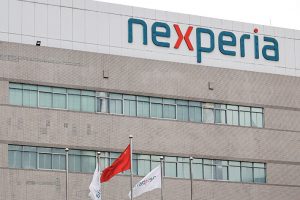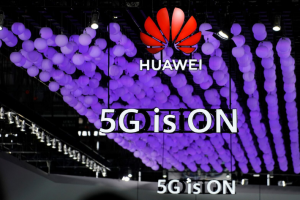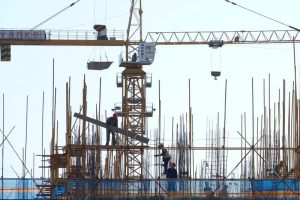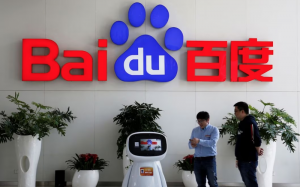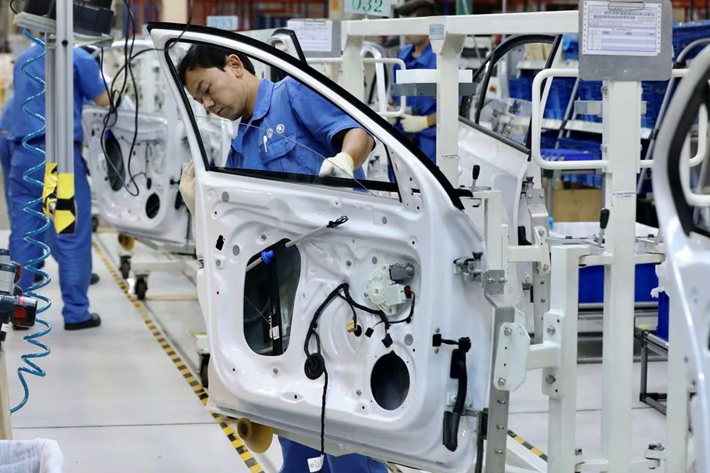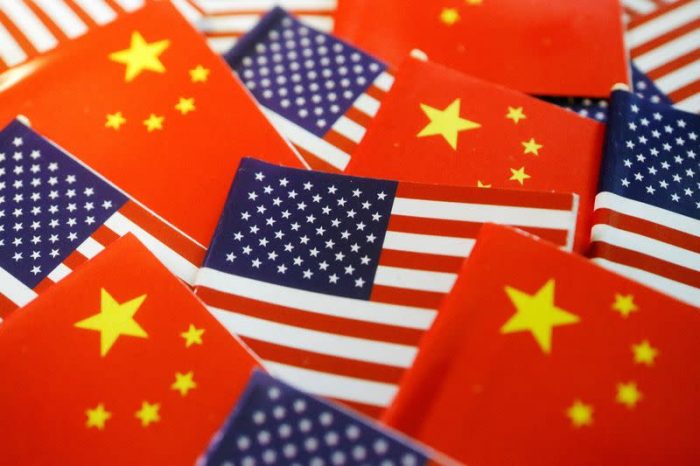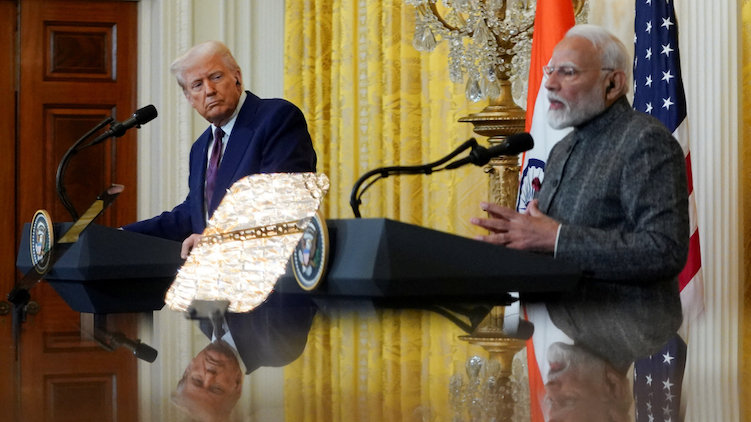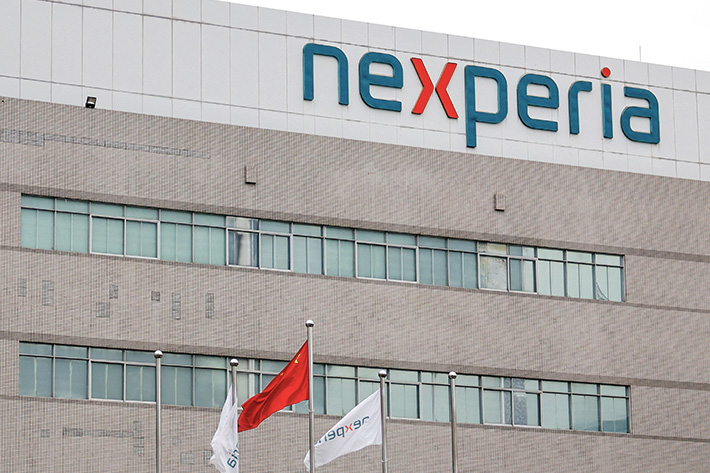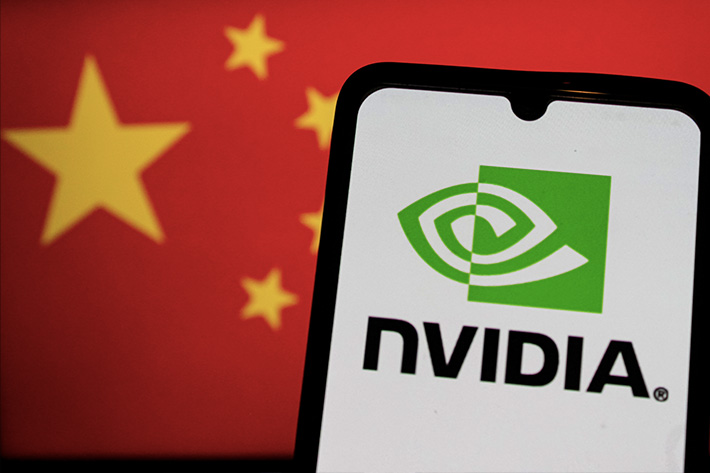US President Donald Trump appeared happy with his latest trade framework deal, waxing lyrically about getting free market access for US exports in Indonesia, and its “great” president Prabowo Subianto, its “great copper”.
“Great deal, for everybody, just made with Indonesia. I dealt directly with their highly respected President. DETAILS TO FOLLOW!!!” Trump said in a post on Truth Social.
The US will impose a 19% tariff on goods from Indonesia under the new agreement with Southeast Asia’s biggest nation, President Trump said on Tuesday.
ALSO SEE: China Scrambles for Nvidia’s H20 Chips as Trump ‘Reverses’ Curbs
Indonesia, which had been threatened with a tariff of 32%, is a relatively minor player, listed as the US’s 23rd trading partner, but Trump continues to press for what he views as better terms and ways to shrink a huge US trade deficit.
‘An extraordinary struggle’
These are fair goals if the process is handled with some level of courtesy and respect for trading partners. But signs are beginning to emerge that the blunt and heavy-handed nature of this deal-making has the potential to be extremely painful for the less powerful countries in Asia, and other parts of the world.
Indonesia – a nation of 285 million people, most of them on a nominal per capita income about 18 times less than that of America’s 340 million citizens – has had to pay a big price ($34 billion reportedly) to open its markets to US companies and goods, while Indonesia still faces a relatively harsh tariff on any of its goods in the US.
President Prabowo had a look of anguish as he spoke to the press today, but was diplomatic in his remarks about the negotiations he undertook with the US leader.
“Although the negotiation was quite tough, we understood the interests of the United States and they also understood our interests. We agreed on the tariffs now from 32% down to 19%.
“I will keep negotiating and I would say he (Donald Trump) is quite hard to negotiate with.
“We have calculated and discussed everything, the most important thing is that I have to protect all of our workers. Although we stand with our offers and we couldn’t offer more than this, the most important thing is our workers are safe. I am very optimistic that our economy is strong and in good condition.”
Video footage of Prabowo talking about the trade deal alongside Vice President Gibran Rakabuming Raka suggested absolutely no joy at this outcome.
After all, to get US tariffs reduced from 32% to 19% Trump said they had committed to buying $15 billion worth of US energy, $4.5 billion worth of American agricultural products, “and 50 Boeing jets, many of them 777s.”
Hasan Nasbi, the president’s spokesperson, gave a far more revealing comment on the experience, telling Reuters: “This is an extraordinary struggle by our negotiating team led by the Coordinating Minister for Economic Affairs.”
Trump said more deals were coming and gave more details on planned duties on pharmaceuticals.
Letters setting tariff rates for dozens of smaller countries were also coming soon, he said.
The deal with Indonesia is among the small handful struck so far by the Trump administration ahead of an August 1 deadline when duties on most US imports are due to rise again.
EU prepares retaliatory measures
The accord came as the top US trading partner – the European Union – readied retaliatory measures should talks with Washington fail.
As that deadline approached, negotiations were underway with other nations eager to avoid more US levies beyond a baseline 10% on most goods that has been in place since April.
Trump’s roll-out of the policies has often been chaotic. His moves have upended decades of negotiated reductions in global trade barriers, unsettling international financial markets and threatening a new wave of inflation.
Based on Trump tariff announcements through Sunday, Yale Budget Lab estimated the US effective average tariff rates will rise to 20.6% from between 2% and 3% before Trump’s return to the White House in January. Consumption shifts would bring the rate down to 19.7%, but it’s still the highest since 1933.
Trans-shipment clause
Trump’s deal with Indonesia was similar to a preliminary pact struck recently with Vietnam.
It also included a penalty rate for so-called trans-shipment of goods from China via Indonesia and a commitment to buy some US goods. Beijing has voiced concern about such stipulations, but experts say implementation of such clauses will be a key factor in whether they work.
Trump later said on his Truth Social platform that Indonesia had agreed to buy $15 billion of US energy products, $4.5 billion of American farm products and 50 Boeing jets, though no timeframe was specified.
He told reporters the deal with Vietnam was “pretty well set” but said it was not necessary to release details.
Indonesia’s total trade with the US – totalling just under $40 billion in 2024 – does not rank in the top 15, but it has been growing. US exports to Indonesia rose 3.7% last year, while imports from there were up 4.8%, leaving the US with a goods trade deficit of nearly $18 billion.
The top US import categories from Indonesia included palm oil, electronics equipment such as data routers and switches, footwear, car tyres, natural rubber and frozen shrimp.
Trump threatened Indonesia with a 32% tariff rate starting August 1 in a letter sent to Prabowo last week. And he sent similar letters to about two dozen trading partners this month, including Canada, Japan and Brazil, laying out tariff rates ranging from 20% to 50%, plus a 50% tariff on copper.
More letters set to go out
In Pittsburgh on Tuesday Trump said he favoured blanket tariffs over complicated negotiations, but his Treasury Secretary Scott Bessent and Commerce Secretary Howard Lutnick were keen to land more trade agreements.
Upon his arrival back in Washington, Trump told reporters that letters would be going out soon for many smaller countries, suggesting they would face a tariff of “a little over 10%.”
He said his administration would also announce tariffs on pharmaceuticals imported into the United States, probably at the end of the month, starting with what he called a low tariff rate to give companies time to move manufacturing to the US before imposing a “very high tariff” in a year or so.
The August 1 deadline gives targeted countries time to negotiate about lower tariff rates. Some economists have also noted Trump’s pattern of backing off his tariff threats.
To date, Trump has clinched only a few “framework” agreements, with the United Kingdom and Vietnam, and an interim deal has been struck with China to forestall the steepest of Trump’s tariffs while negotiations continue between Washington and Beijing.
Trump said talks with India were moving “along that same line,” saying the agreement would give US firms access to the large Indian market.
EU prepared if talks fail
The breakthrough with Indonesia came as the European Commission, which oversees trade for the EU, prepared to target 72 billion euros ($84.1 billion) worth of US goods – from Boeing aircraft and bourbon whiskey to cars – for possible tariffs if trade talks with Washington fail.
Trump has threatened a 30% tariff on imports from the EU from August 1, a level European officials say is unacceptable and would end normal trade between two of the world’s largest markets.
The list, sent to EU member states and seen by Reuters on Tuesday, pre-dated Trump’s move over the weekend to ramp up pressure on the 27-nation bloc and responded instead to US duties on cars and car parts and a 10% baseline tariff.
The package also covers chemicals, medical devices, electrical and precision equipment as well as agriculture and food products – a range of fruits and vegetables, along with wine, beer and spirits – valued at 6.35 billion euros.
- Jim Pollard with Reuters
ALSO SEE:
China Firms Race Out Exports to Beat Trump’s Big Tariff Deadline
Rubio Meets Wang in KL, Says Good Chance of Trump-Xi Talks
Vietnam to Ramp up Inspection of Chinese Goods After Trump Deal
Japan, South Korea Desperate to Reduce 25% Tariff by August
China Says BRICS ‘Not Seeking a Clash,’ After Trump Tariff Threat
Air Cargo From China to US Sinks After End of Tax Loophole
China’s Criticism of Price Wars Sheds Light on Xi’s ‘Waning’ Power
China Fears Negative Impacts of US Trade Pact With Vietnam
Indonesia to Sign $34 Billion Pact With US Ahead of Tariff Deadline




